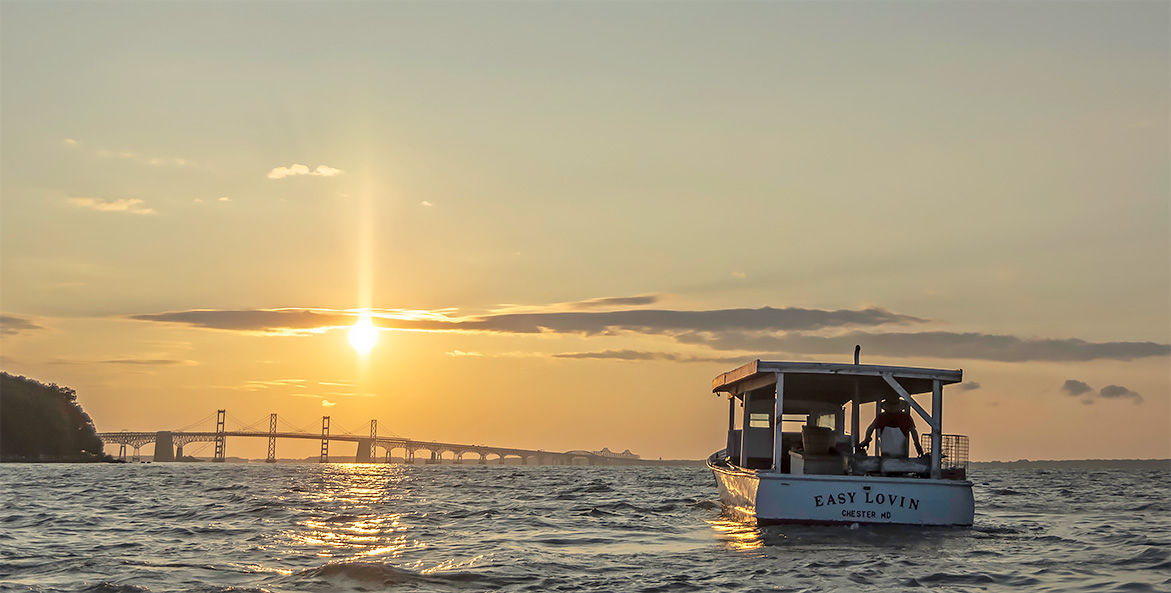Below the steely surface of the Bay, much is brewing. Menhaden, the little fish that power much of the Bay ecosystem, are in big trouble again with the delay of a crucial scientific study that would inform decisions about their management. Meanwhile, there’s also trouble for one of the Bay’s top predators: Striped bass are facing a barrage of pressures that recently prompted emergency actions by state and coastal fishery managers. But it’s not all bad news. A new CBF report details how to build on the Bay’s incredible oyster restoration successes—including the largest oyster reef projects in the world—to improve water quality and habitat, increase climate resilience, and grow economic opportunities. Spring is also the time of year that trout are journeying to Pennsylvania streams and researchers are conducting the annual blue crab winter dredge survey to provide a window on the population. Action also continues in legislative sessions across the watershed. Find updates on a proposed toxic sealant ban in Virginia, industrial sludge legislation in Maryland, funding for conservation on Pennsylvania farms, and more in this month’s news update. And don’t forget to take your best shot for the 2024 Save the Bay Photo Contest!
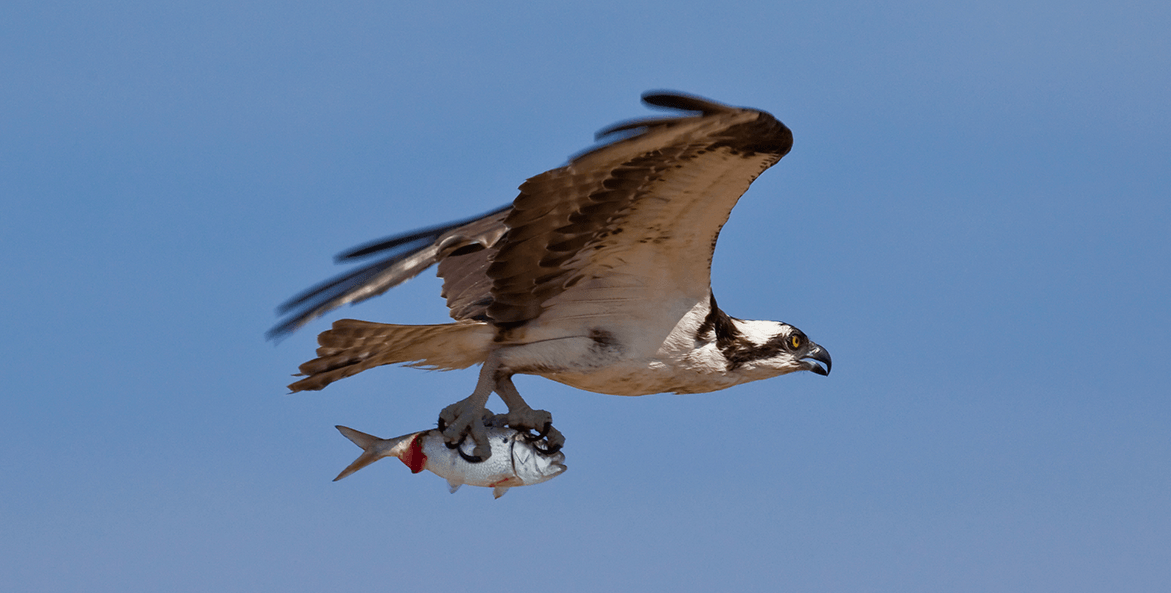
Osprey depend on menhaden as a key element of their diet.
iStock
Menhaden Misstep
Menhaden are vital food for many of the creatures that call the Chesapeake home. But this little fish is in big trouble. Again. In another setback, Virginia legislators punted a bill that would have funded a robust study of the Bay’s menhaden—delaying critical science needed to inform decisions about “the most important fish in the sea.”
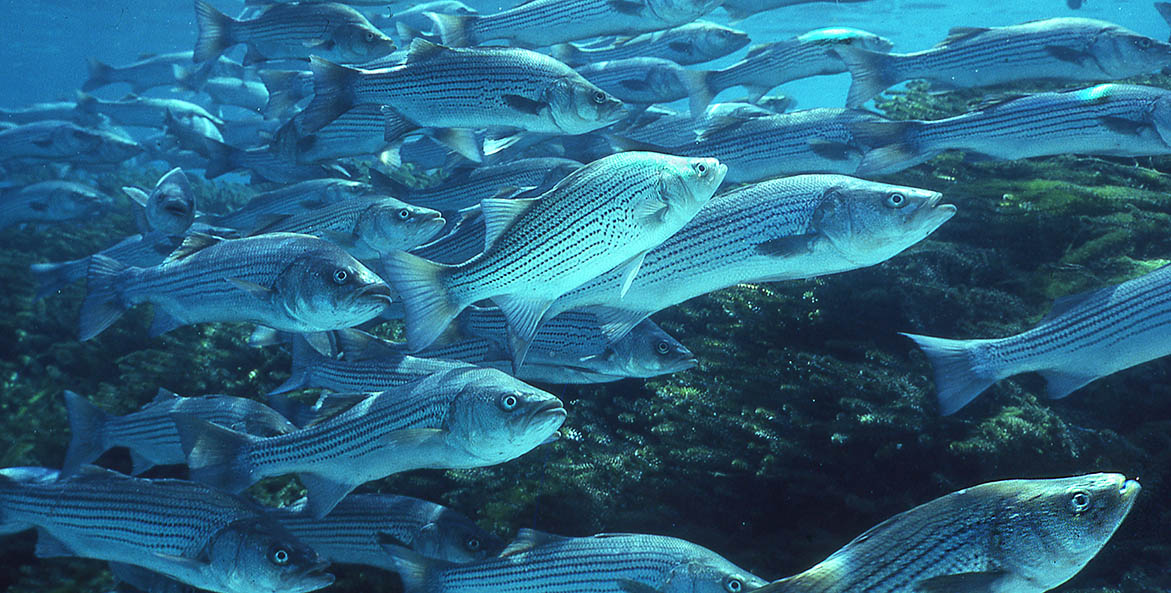
Schooling striped bass, also known as rockfish.
iStock/stammphoto
Striped Bass Update
Amid a torrent of worrying news for striped bass, fisheries managers recently enacted a series of emergency measures to help preserve this revered fish in the Bay and along the Atlantic Coast. From invasive species to climate change and fishing pressure, we look at the challenges facing stripers now and what comes next.
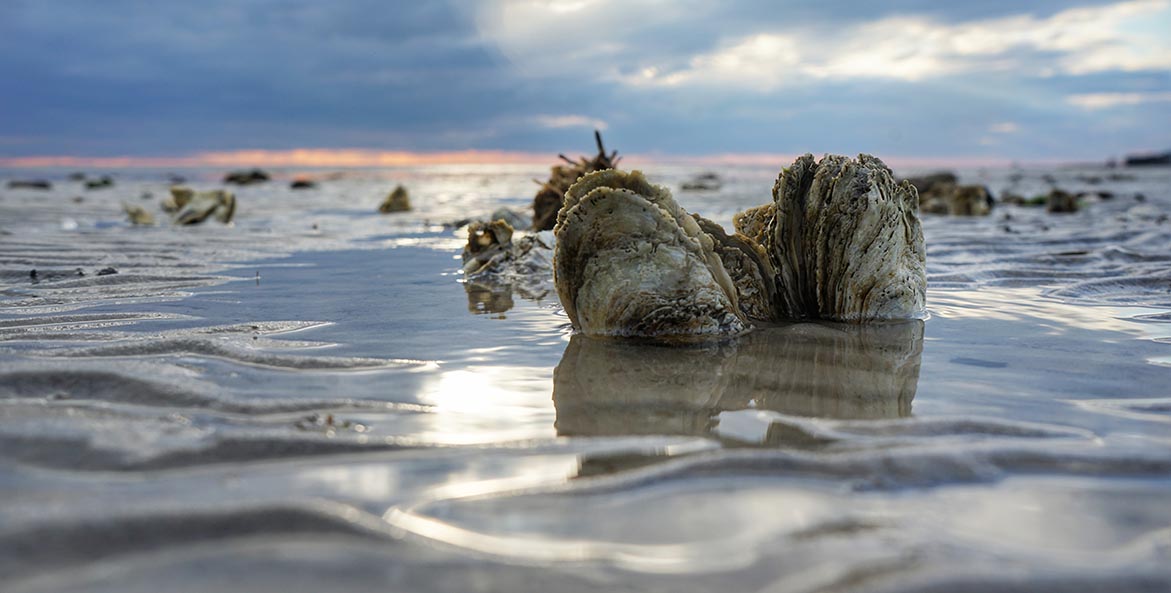
Low tide reveals a healthy oyster reef in Bavon, Virginia.
Robert Diller
Report: Hope on the Half Shell
The Chesapeake Bay is now home to the world’s largest oyster reef restoration projects—and they’re showing incredible success. What comes next? A new CBF report outlines what’s needed in the next chapter of oyster restoration to improve water quality and fish habitat, increase climate resilience, and grow economic opportunities in the Bay’s coastal communities.
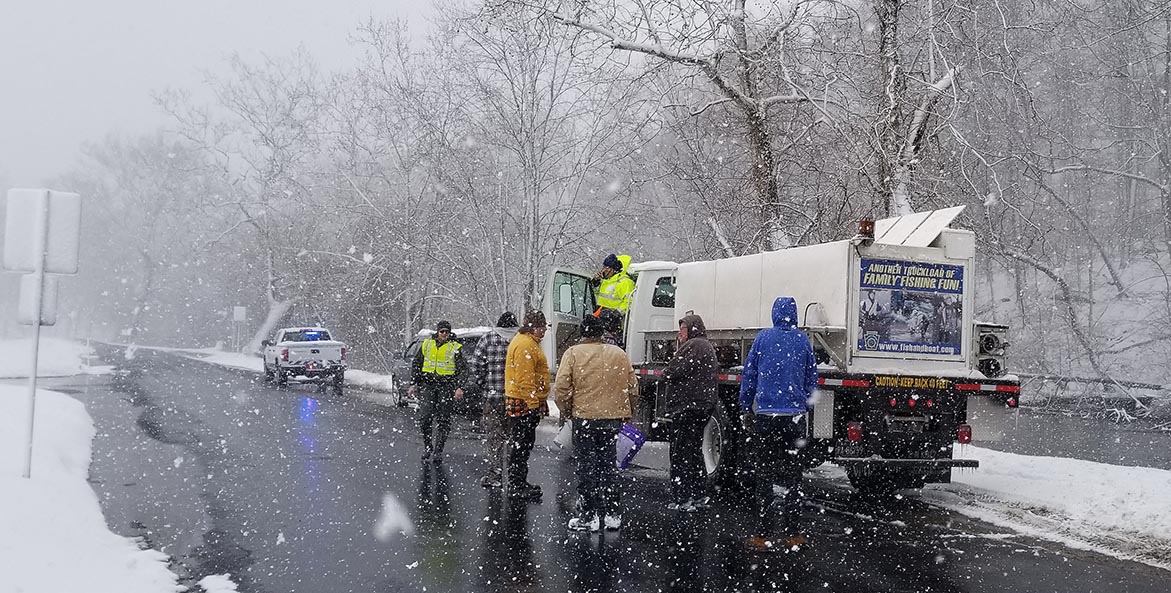
A Pennsylvania Fish and Boat Commission trout-stocking truck parks along Yellow Breeches Creek in preparation of releasing its payload of trout.
BJ Small/CBF Staff
A Trout’s Journey
At this time of year, millions of trout are making their way from Pennsylvania hatcheries to the mountain streams renowned for worldclass fishing. Both these hatchery-raised fish and their wild counterparts rely on clean, cold water—something CBF’s Pennsylvania team continues to work hard for alongside hundreds of state and local partners.
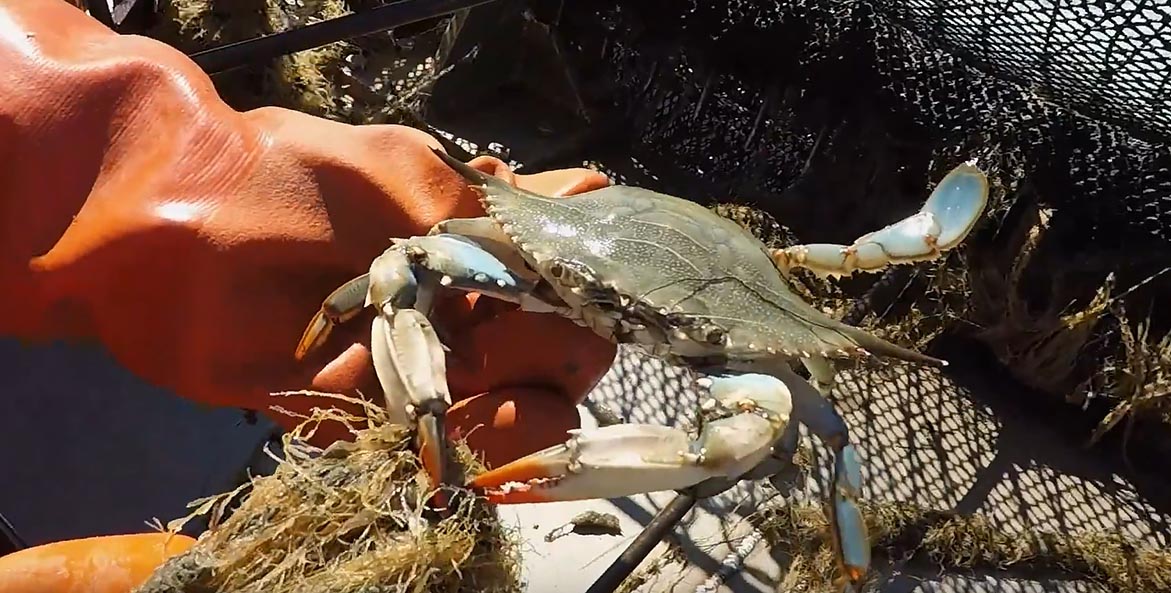
Kenny Fletcher/CBF Staff
Video: A Window on Wintering Crabs
The annual blue crab winter dredge survey in Maryland and Virginia provides crucial information that paints a picture of the Chesapeake Bay’s blue crab population. Last March, we joined researchers from the Virginia Institute of Marine Science to capture the action as they surveyed the lower Bay in search of overwintering crabs buried in the mud.
In the News
- Maryland faces influx of industrial sludge: Proposed legislation would provide tools to crack down on putrid odors and Bay contaminants.
- Virginia close to toxic sealant ban: A bill that bans harmful sealants commonly used to coat driveways passed the General Assembly and is headed to the Governor’s desk.
- CBF urges sustained investments in Agricultural Conservation Assistance Program in Pennsylvania budget: The cost-share program helps farmers reduce pollution to local rivers and streams.
- Senate and House introduce bills to renew historic conservation law: The America’s Conservation Enhancement (ACE) Reauthorization Act in the Senate and related House bills would renew several federal programs essential to restoring the Bay and increasing public access.
- Stormwater permits continue to fall short for Baltimore communities: A court decision affirming Baltimore stormwater permits is a loss for clean water, allowing short-sighted solutions that do little to reduce flooding and polluted runoff and fail to address climate change.
- Tree planting revitalizes Nansemond Indian Nation ancestral land: The event in Mattanock Town kicked off a multi-day project to plant hundreds of native trees along the Nansemond River as part of the Tribe’s commitment to reconnect its people to local waterways.
- CBF’s statement on defending “Good Neighbor Rule” is before the Supreme Court: CBF is part of a coalition of environmental and public health groups working to defend the rule, which requires upwind states to control air pollution that crosses state lines and damages water quality and human health.
- Conservation coordinators join CBF to accelerate restoration in Pequea and Halfmoon watersheds: Isabel “Izzy” Snee and Mariah Saunders join the Pennsylvania team to help implement the new Pequea and Halfmoon Creeks Watershed Renewal Project, working to reduce pollution and restore impaired streams in both watersheds.
What You Can Do
- Our 2024 Save the Bay Photo Contest is now accepting submissions. Show us what the Bay’s waters mean to you, and you could win a cash prize!
- EPA is planning a much-needed cleanup project at Baltimore’s Bear Creek Superfund site and is requesting feedback from the public. Submit your comments before the March 31 deadline.
- Tree plantings, oyster gardening, Chesapeake Steward programs, Middle School Summer Bay Eco-Camp, teacher professional development courses—we’ve got a slew of upcoming opportunities to get involved in CBF and learn about the Bay. Check out our Events Calendar for the latest.
- For a limited time, the CBF Store is offering 25% off all items storewide! No code or minimum purchase is necessary to take advantage of this deal, which will be applied at checkout. Your purchases help us save the Bay!
- Restore the Oyster, Restore the Bay. It’s almost oyster restoration season! For every $1 you give, a whopping 100 oysters can find a new home in the Bay. Kick off our spring oyster restoration efforts with a gift today.
If you would like to receive these periodic updates directly to your email, sign up for our Save the Bay newsletter!

